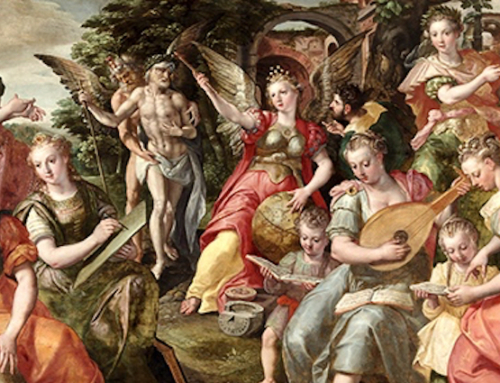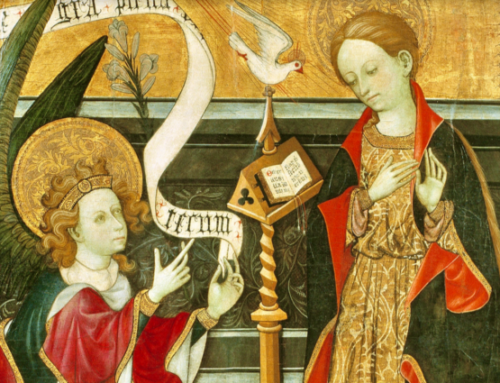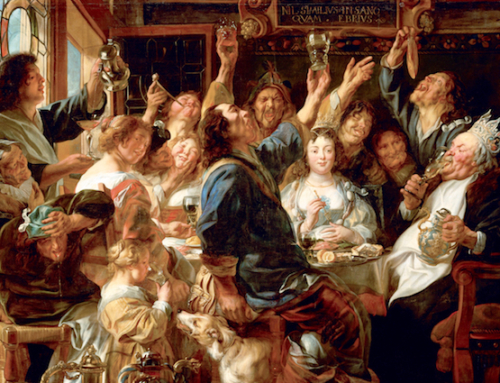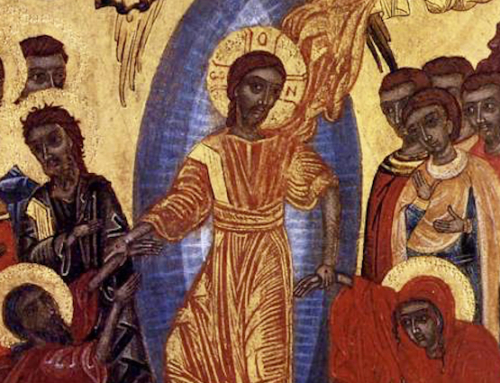It’s Halloween, and you’re looking for that perfect, spooky Halloween music that’s a little more sophisticated than “The Monster Mash” and “Thriller” and “Werewolves of London.” Look no further, friends. I’ve done my own hopping around to see what others consider to be their Top 10 classical spooky favorites. My list is a little different; some choices are deliciously spooky, or quirky, or even just in a minor key, but they all are still melodic and easy to listen to. What didn’t make my list are the kind of pieces you might find in horror films, with jarring dissonances and icky, creepy, in the house alone at night, what-was-that-noise-and-don’t-turn-around-right-now-whatever-you-do music.
10. “Scherzo Fantastique,” op. 25, by Joseph Suk
Suk’s piece isn’t dark, really, but it’s so delicious. There is both sweetness and sorrow in it. Classical music factoid: Suk was Dvorák’s son-in-law. Story has it, however, that Suk’s wife, Dvorák’s daughter, died early in their happy marriage, and the grieving Suk (his father-in-law had recently died too) composed this in her memory, incorporating a folk tune she used to love. It’s not a complicated piece, and the key melody repeats frequently, but it’s such a infectiously delightful repetition. I just love it. So, if you like your spooky music to be on the cheerier side, check this one out. A lot of classical music fans, upon hearing this for the first time, are just agog that it’s been around all this time and they’d never heard it.
9. “The Isle of the Dead,” by Sergei Rachmaninov
8. Night on Bald Mountain, by Modest Mussorgsky
Night on Bald Mountain, too, has a distinctive, memorable motif it keeps returning to, which, in the end, makes it kind of a cliché for “scary moment” scenes over the years. Give it a listen for 20 seconds and you’ll nod and say “got it.”
7. Romeo and Juliet “The Montagues and Capulets” (or “The Dance of the Knights”), by Sergei Prokofiev
6. Carmina Burana, “O Fortuna,” by Carl Orff
5. Symphony No. 3, first movement, by Camille Saint-Saëns
4. “Toccata and Fugue in D-minor,” by J.S. Bach
3. The Tempest, Act II, “The Oak Tree” and “Caliban,” by Jean Sibelius
Sibelius is a Finnish composer (Finland’s pride and joy, for good reason), who lived in a region that is dark and cold much of the year. His music carries a brooding power that leaves room still for folkloric whimsy, and boy, do I love the melding of the two.
2. Danse Macabre, by Camille Saint-Saëns
Saint-Saëns delivers a flirtation with the otherworld (maybe even the occult) that is so deliciously Halloween-y.
1. “The Sorcerer’s Apprentice,” by Paul Dukas
Dukas’ The Sorcerer’s Apprentice is famous for being part of Disney’s Fantasia.
Republished with gracious permission from The Classical Girl (October 2016).
The Imaginative Conservative applies the principle of appreciation to the discussion of culture and politics—we approach dialogue with magnanimity rather than with mere civility. Will you help us remain a refreshing oasis in the increasingly contentious arena of modern discourse? Please consider donating now.
The featured image above is “Death Playing the Violin” by Frans Francken the Younger (1581-1642) courtesy of Wikipedia Commons.








Leave A Comment